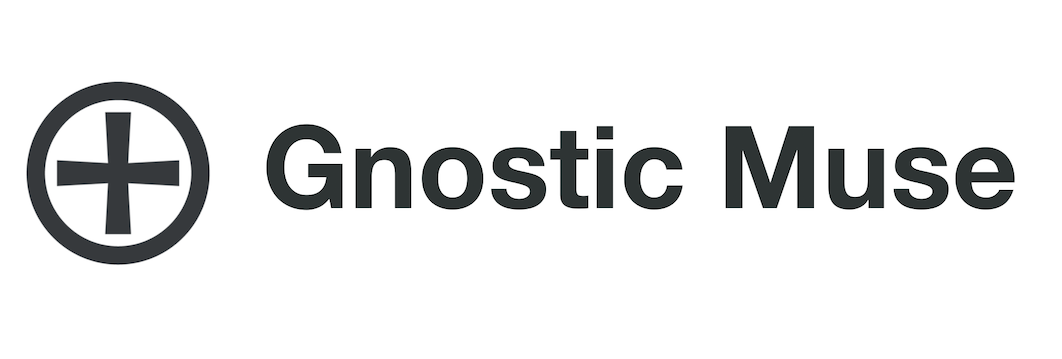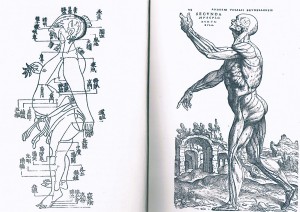Time
Time is the invisible dimension of our world. It is movement and growth, the reality that nothing is static, everything is always changing.
The zero dimension is a point in space. A point in motion is the first dimension, creating a line. A line in motion is the second dimension, a plane. A plane in motion is the third dimension, a three-dimensional object.
Because our consciousness is limited, the world seems to consist only of three-dimensional objects in various combinations and interactions.
Third and Fourth Dimensions
From a strictly third dimensional perspective, we as a body are just a third-dimensional object which interacts with other objects in various locations in space.
Yet is is that invisible fourth-dimensional factor of time and movement which truly shapes our existence. At any given moment we are in a trajectory from our past to our future, we are part of a momentum of countless factors creating a stream of constant change.
Our three-dimensional selves are constantly moving, changing, growing, dying, at every moment. We are always traveling in the fourth dimension.
When we forget about the fourth dimension we see the world only in three dimensions, only as a static structure, as form, and we wonder why things change, we mourn the past and fear the future. The fourth dimension contains movement, potential, growth, all possibilities.
Greek (Western) and Chinese (Eastern) Philosophy
This is illustrated in the difference between the philosophical world views of the ancients Greeks and the ancient Chinese, which has diverged into two radically different ways of approaching healing and medicine.
Western: Structure
The Greeks developed a structural philosophy with indivisible building blocks called atoms creating material existence, seen in the four classical elements as the basis for the material world.
The sculptures of the ancient Greeks are perfectly proportioned and based on the study of the dissection of corpses. Western philosophy and its subsequent approach to medicine derived from this idea of structure coming before function.
This has turned into reductionism, seeing the physical world as merely the sum of its parts, rather than more than the sum of its parts. All based in a static and three-dimensional model.
Eastern: Function
The ancient Chinese developed a philosophical world view based on the dynamic of yin and yang, and wu xing (five phases) which are constantly transforming into one another, rather than discrete and immutable elements.
The depictions of the body in Chinese medicine are not anatomically accurate because function is emphasized over structure. The concept of qi as traveling in energetic pathways in the body simply describes the fourth dimensional, dynamic, and functional understanding of the body’s structure.
The Chinese medicine system of healing approaches the body in ways that are bewildering to a three-dimensional understanding.
Movement and Change
With the fourth dimension in mind we can see that everything changes, nothing stays the same. Crisis will transform into joy, sickness in to healing. All people and situations that we encounter are part of a continuum, a trajectory of their own individual path. The seed, flower and fruit are existing all at once in all things.
Listen to a talk on the Fourth Dimension from Gnostic Waves Radio


